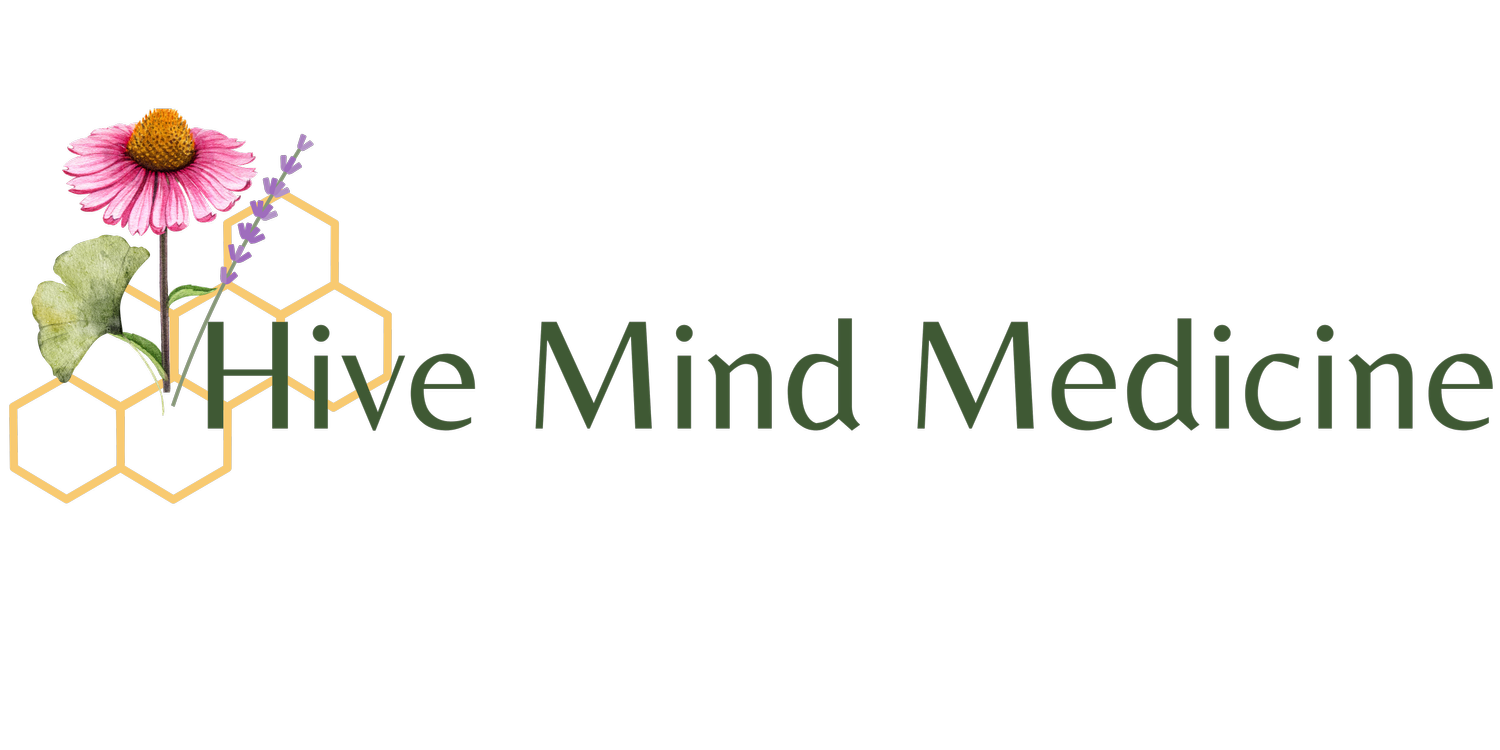GER and GERD in Infants and Children
STEVEN SANDBERG-LEWIS
ND, DHANP
Reflux from the stomach into the esophagus can occur at any age. Reflux, or gastroesophageal reflux (GER) is a normal phenomenon as long as it does not cause distress, pain or damage to the esophagus, throat or other upper airway tissues. When these types of effects result from reflux they are referred to as gastroesophageal reflux disease (GERD).
A systematic review of research in English, published through the previous 23 years, revealed that about 1/3 to 1/2 of all healthy infants spit up (regurgitate) at least once a day. This peaks at 4 months, with 90% of them are over this tendency by 12 months of age (Poddar U, 2019 and Chabra S, 2020). Adolescents and adults also have this sort of benign GER, with an average of 3 minimal reflux events after each meal.
Less than 2% of infants suffer from actual disease, Gastroesophageal Reflux Disease (GERD). By adolescence, incidence of GERD is similar to adults (20%). Any testing for GERD in infants and children is rare unless there are pre-existing signs such as failure to grow or gain weight, irritability, choking, gagging or coughing during nursing, movements or postures indicating pain, or blood in the infant’s spit-up. It is also important to realize that GERD can cause symptoms and disease in other body areas besides the upper digestive tract.
Only low quality evidence suggests the use of proton pump inhibitors (PPIs) such as omeprazole improves the symptoms of GERD in infants. The ability of these medicines to heal the esophageal lining is poor (Poddar U, 2019). The older H2 receptor antagonists such as famotidine are considered more appropriate if prescription treatment is indeed chosen. Older children as well as adolescents may receive either of these options, however, first using non-drug treatments could be the best way to set children up for successful digestion.
Most infants, children, and adolescents with reflux respond to non-drug treatments. In breastfeeding infants, the nursing mother may experiment with a trial of avoiding certain foods. Commonly reactive foods such cow's milk or eggs may improve the nursing child’s reflux. As a first approach for formula-fed infants, using smaller or more frequent feedings may decrease reflux episodes (Vanderplas Y, 2009). In some cases, hypoallergenic hydrolyzed protein or elemental amino acid formulas can also reduce reflux in infants allergic to cow's milk (Jung AD, 2001 and Lightdale JR, 2013).
While awake, the baby’s position after nursing or bottle feeding is an important factor. Lying face down or on the left side may be helpful (Rosen R, 2014) in preventing reflux. Remember, however, that sleeping infants, infants under age one year, should always be in the face up position in order to decrease the risk of sudden infant death syndrome.
Parents and caregivers should work with a nutritionist or nutrition trained physician before changing a child’s diet. For older children and adolescents with GERD, consider my mnemonic for the possible significant lifestyle factors – Reduce CARBS, Relieve Reflux. Most children should not be placed on a low carbohydrate diet, but the type of carbohydrate may be altered with good response..
C – cola (soda in general), coffee, caffeine, chocolate, cigarettes
A – alcohol, acidic foods, aspirin (and other over the counter pain and inflammation medicines)
R- refined carbohydrates or excessive carbohydrate intake, rapid eating, Rx (certain prescription medicines)
B – big meals (eating too much at a meal), bigger waist circumference, bedtime eating/ eating more than small amounts within 3 hours of going to bed
S – snacking in excess, sleeping position (best on the back with the head of the bed elevated somewhat or on the left side), highly spicy food, sensitivity to specific foods
To iterate, some gastroesophageal reflux (GER) is normal. However, if reflux is causing distress, pain or damage to the esophagus, throat or other upper airway tissues, consult a specialist to rule out Gastroesophageal Reflux Disease (GERD). If a child is continuing to regurgitate after the expected time frame, considering non-drug options can often alleviate symptoms and stop the progression of disease. In rare cases, proton-pump inhibitors (PPIs) might be necessary to treat GERD in children and adolescents.
Poddar U, Gastroesophageal reflux disease (GERD) in children. Paediatr Int Child Health. 2019 Feb;39(1):7-12.
Chabra S, Peeples ES, Assessment and Management of Gastroesophageal Reflux in The Newborn. Pediatr Ann. 2020 Feb 1;49(2):e77-e81
Vandenplas Y, et al. Pediatric gastroesophageal reflux clinical practice guidelines: joint recommendations of NASPGHAN and ESPGHAN. J Pediatr Gastroenterol Nutr. 2009;49(4):498–547.
Jung AD. Gastroesophageal reflux in infants and children. Am Fam Physician. 2001;64(11):1853–1860.
Lightdale JR, Gremse DA. Gastroesophageal reflux: management guidance for the pediatrician. Pediatrics. 2013;131(5):e1684–e1695.
Rosen R. Gastroesophageal reflux in infants: more than just a pHenomenon. JAMA Pediatr. 2014;168(1):83–89.
Steven Sandberg-Lewis, ND, has been in clinical practice for 43 years, with a focus on functional gastroenterology. He has been a professor since 1985, teaching a variety of courses but primarily focusing on gastroenterology and GI physical medicine. In 2019, Dr. Sandberg-Lewis co-founded Hive Mind Medicine, continuing his specialization in gastroenterology with a focus on reflux, SIBO, inflammatory bowel disease and functional GI disorders. He is currently working on his new book, Getting Real About Reflux, written to help non-medical and medical professionals alike develop a better understanding of diseases affecting the gastrointestinal tract.
Hive Mind Medicine blog posts are for educational purposes only and are not intended as medical advice. Please consult with your health care practitioner for personalized guidance. Click on the contact button below if you would like to schedule with one of our Hive Mind practitioners.

